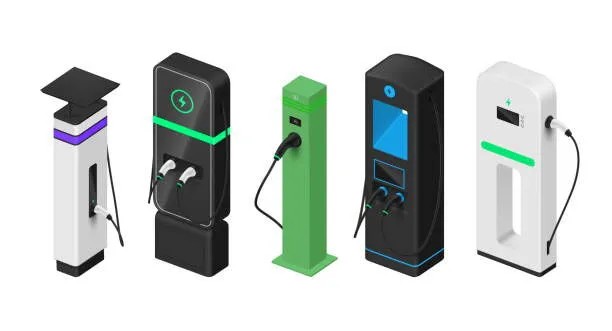Understanding and Reducing the Costs of EV Charging Stations
As a leading EV charger manufacturer in China, LiCB Charge delivers reliable AC and DC electric vehicle charging stations along with comprehensive charging solutions.
As electric vehicles (EVs) gain popularity, the demand for accessible and efficient charging infrastructure is rising rapidly. Businesses, governments, and property owners are keen to install EV charging stations, but managing costs effectively is essential to ensure these investments remain viable long-term. This article breaks down the main cost factors involved in EV charger installation and offers practical tips to lower expenses while maximizing benefits.
Key Costs of EV Charging Stations
1. Installation Costs
These vary widely based on site specifics like location, electrical upgrades needed, and labor. Expenses include wiring, conduit installation, trenching, and sometimes transformer upgrades. Complex sites or older buildings tend to incur higher installation costs.
2. Hardware Costs
The charger units themselves differ in price:
- Level 1 chargers (slow, residential use) are the most affordable.
- Level 2 chargers (faster, suited for commercial or public use) cost more.
- DC fast chargers (Level 3) are the priciest, designed for rapid charging in high-traffic locations.
3. Operating Costs
Ongoing expenses include software fees, network management, and transaction processing, especially for connected chargers that offer remote monitoring and pricing control.
4. Maintenance Costs
Routine upkeep—such as inspections, repairs, and part replacements—helps prevent downtime but requires budgeting as a recurring expense.
5. Energy Costs
Electricity consumption can be significant, particularly during peak demand hours when utilities charge extra fees. Managing energy use is critical to controlling these costs.
Strategies to Lower EV Charging Station Costs
1. Locate Chargers Close to Power Sources
Minimize installation expenses by placing chargers near existing electrical panels or infrastructure, reducing the need for costly wiring and trenching.
2. Select Chargers Based on Use Case
Match charger type to usage patterns—Level 2 units work well for longer parking durations (e.g., offices, apartments), while fast chargers suit high-turnover locations like shopping centers.
3. Use Local Load Management
Dynamic load management balances electricity demand among multiple chargers, reducing the need for expensive electrical upgrades and lowering utility demand charges.
4. Future-Proof With Make-Ready Spaces
Prepare parking spots with wiring and conduit ready for future charger installations. This upfront investment saves money and hassle when expanding infrastructure later.
5. Take Advantage of Incentives
Leverage grants, rebates, tax credits, and other government programs available at federal, state, and local levels to offset installation and hardware costs.
6. Implement Smart Energy Management
Use intelligent systems to monitor and optimize energy usage, shifting charging to off-peak hours and controlling power flow to reduce demand charges.
7. Prioritize Regular Maintenance
Routine inspections and preventive servicing help avoid costly repairs and reduce charger downtime, protecting your investment.
8. Explore Revenue Opportunities
Charge users for electricity consumption or time, or partner with networks offering advertising revenue on chargers to help cover operational costs.
Conclusion
Installing and operating EV charging stations involves multiple cost components—from installation and hardware to energy consumption and maintenance. However, strategic planning and smart technology choices can significantly reduce these expenses. By situating chargers efficiently, selecting the right equipment, leveraging incentives, and managing energy use intelligently, businesses and property owners can create affordable, sustainable EV infrastructure. These efforts not only lower costs but also support a future-ready charging network, helping accelerate the adoption of electric vehicles and meet growing demand efficiently. Know more about Google SEO Directory





Comments